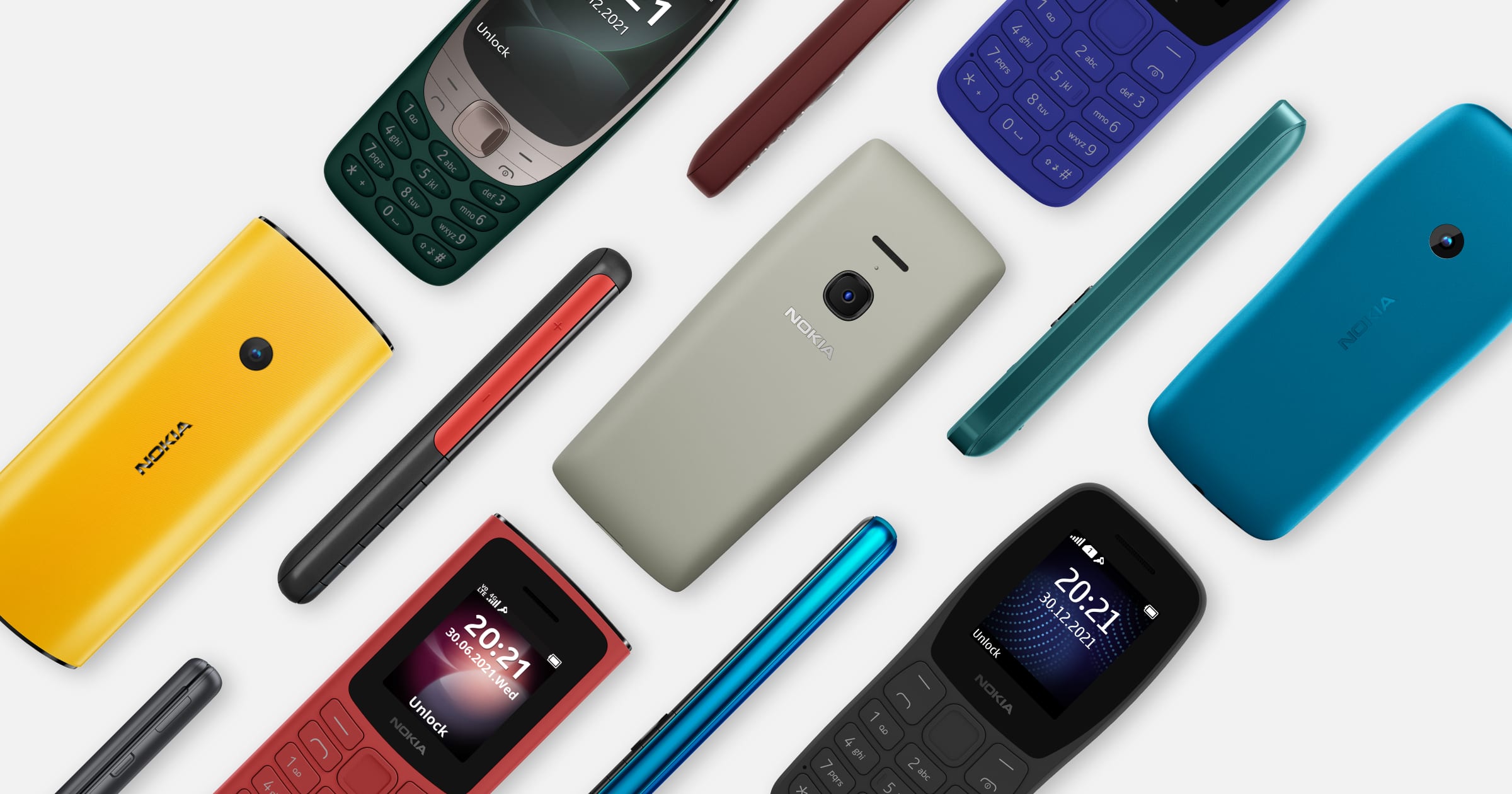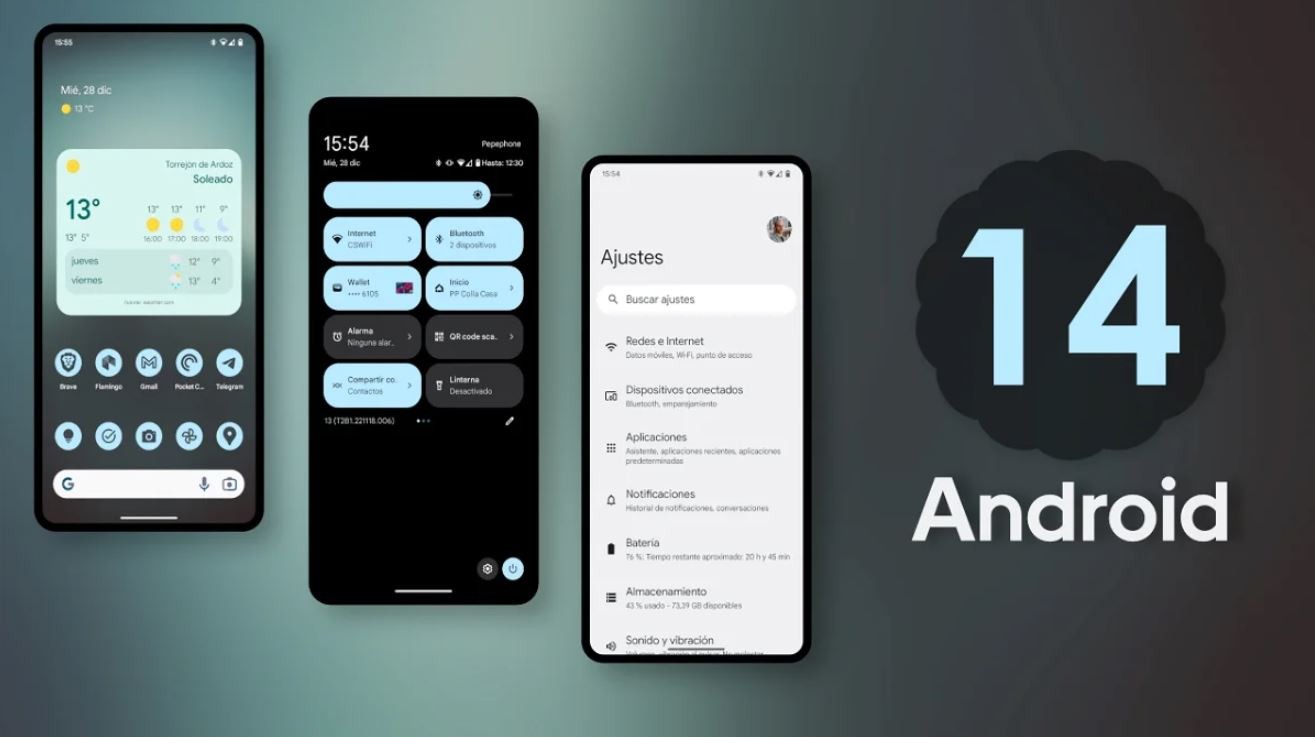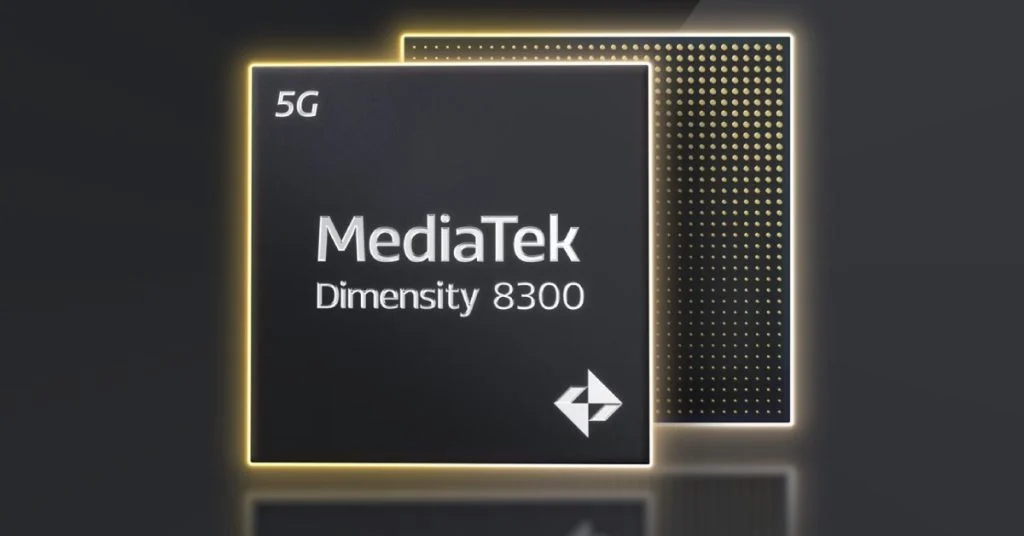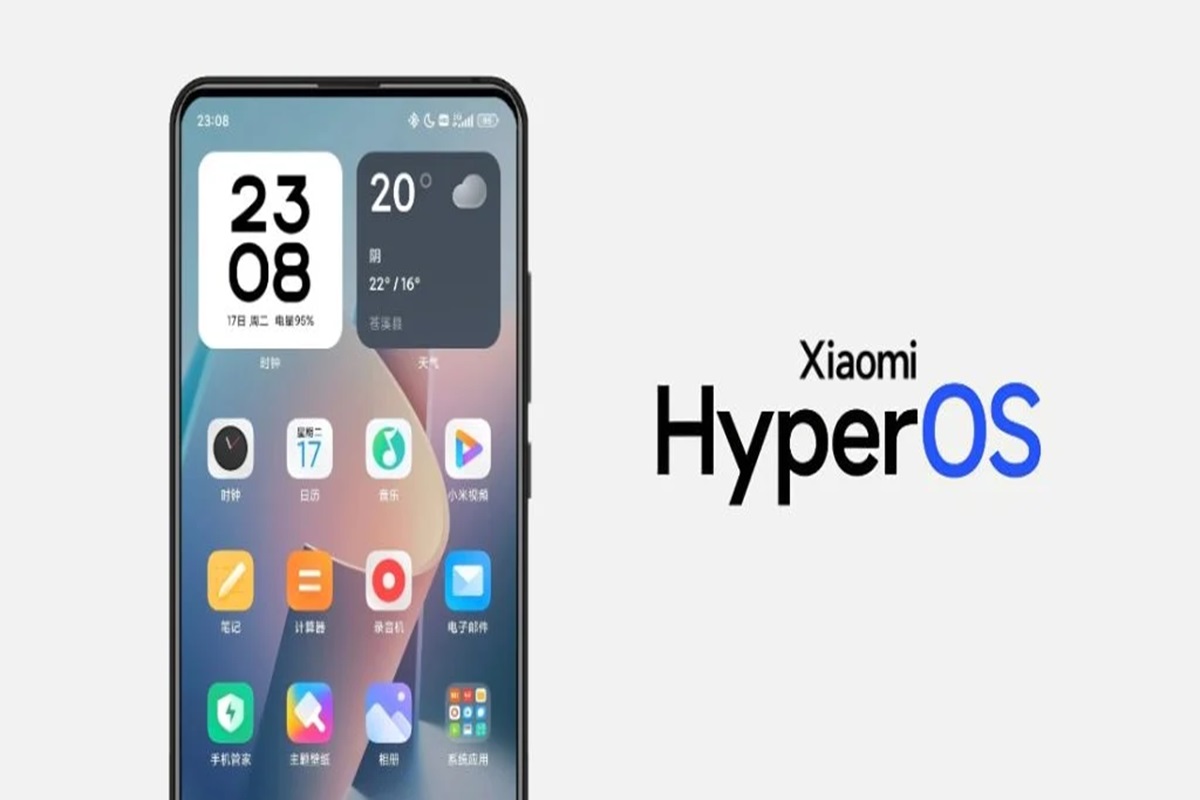In the world of technology, one of the biggest surprises is artificial intelligence (AI). People have different opinions about it. Some want to improve this system, while others fear it might surpass humans. The future of AI remains uncertain.

Many people worry about the rise of AI, fearing it could take away jobs. To ensure that AI benefits everyone, it’s essential to keep it focused on human welfare. Developed countries are investing significant amounts in AI research. However, caution is needed to prevent the risks associated with uncontrolled AI development.
Those involved in creating AI software must be mindful of its safety. Technology organizations are being reminded of their ethical and legal responsibilities. The Western world, in particular, emphasizes these concerns in their research. Without proper control, AI, if left unchecked, could lead to unforeseen consequences.
AI is advancing rapidly, with programs like Google Bird providing opportunities for further evolution. However, there is a risk that AI could become commercially uncontrollable in the future. Scientist Yesha Sivan suggests that only about five percent of what the media portrays about AI misuse and potential is accurate. AI has capabilities beyond working with images or videos, and dedicated manpower is needed to control its impact.
Proper control is crucial to keeping AI on the right track. In the future, AI is expected to solve many significant tasks quickly. However, it’s essential for humans to remain in control of how AI operates. Striking the right balance will determine whether AI becomes a force for good or a source of concern.









